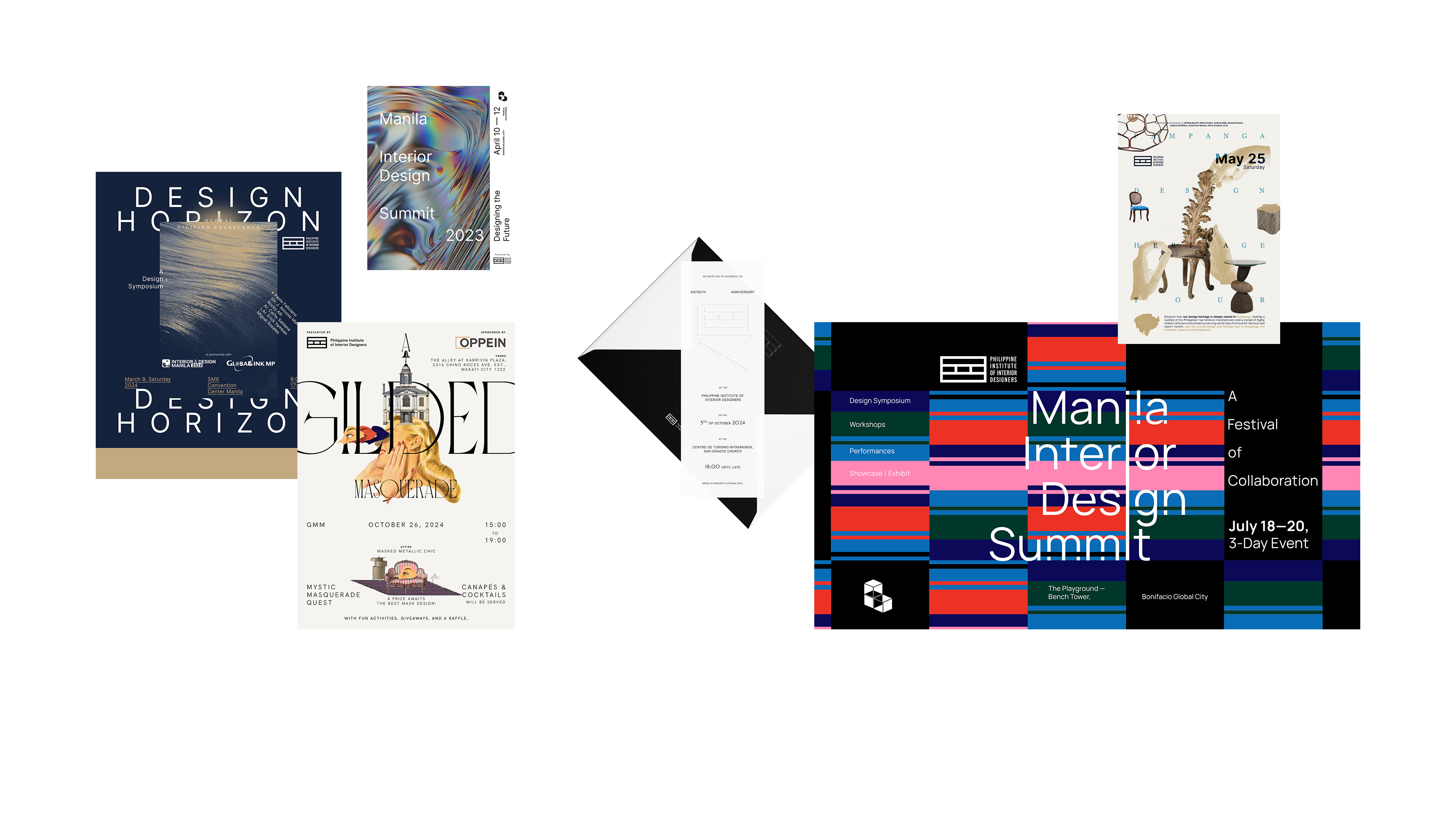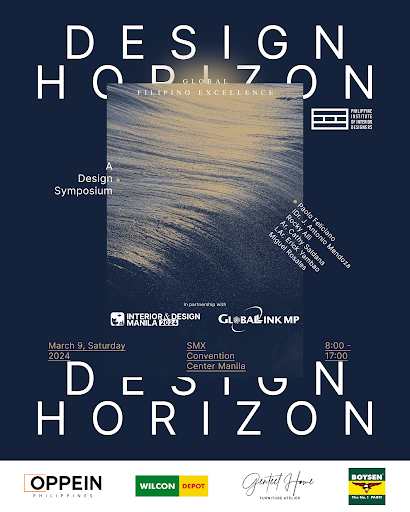We are deeply dedicated to embracing and championing the abundant cultural heritage of the Philippines, which serves as the bedrock of our principles. Within this foundation, we celebrate values such as Respect for Tradition, Creativity and Innovation, Sustainability, Inclusivity, Collaboration, Integrity, and Excellence.
It is through the embodiment of these principles that we strive to play a pivotal role in the prosperity of Philippine culture through the language of Interior Design. Our goal is to enrich the human experience and elevate the nation's identity in the global design sphere.







